Sign up to receive more information about YUTREPIA
Sign UpUnderstanding pulmonary arterial hypertension (PAH)
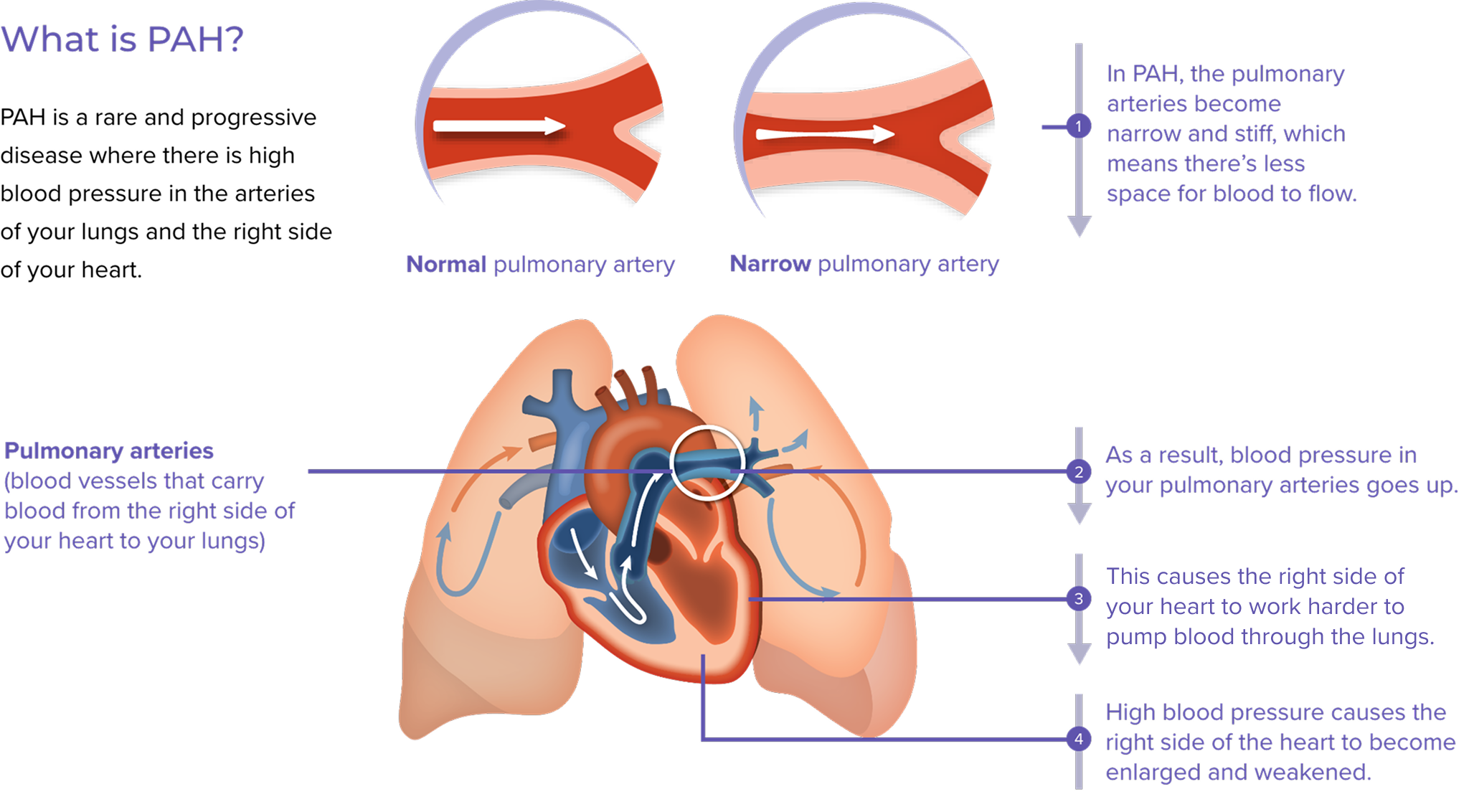
What are the signs and symptoms of PAH?
PAH can lead to a wide range of symptoms that may develop slowly over time. Most people with PAH begin to notice symptoms as the condition progresses.
Symptoms of PAH include:
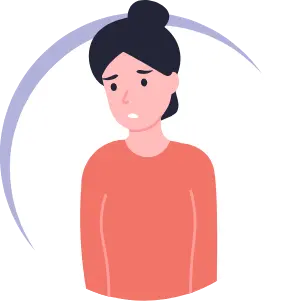
Tiredness

Shortness of Breath
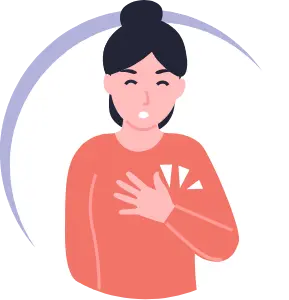
Chest Pain or Pressure
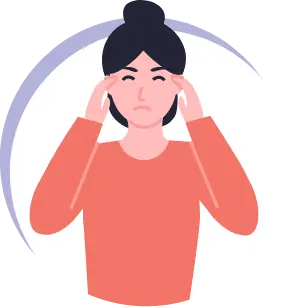
Fainting

Dizziness

Rapid Heartbeat
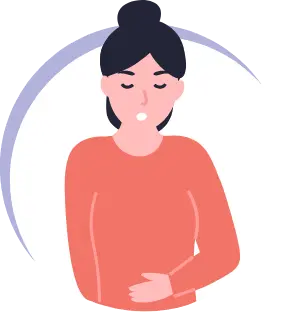
Swollen Abdomen

Swollen Legs and Ankles
How is PAH diagnosed?
Your doctor may perform several tests to see what's happening inside your body:
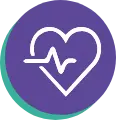
Electrocardiogram (EKG or ECG) to measure the electrical activity of your heart
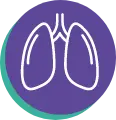
Pulmonary function test (PFT) to see how well your lungs are working

6-minute walk test (6MWT) to see how far you can walk in 6 minutes
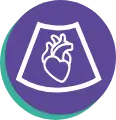
Echocardiogram (echo) to check the size and function of your heart
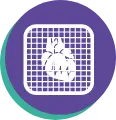
Chest x-ray and ventilation perfusion scan (VQ scan) to get images of your heart, lungs, and blood vessels
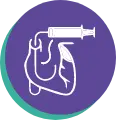
Right heart catheterization (RHC) to measure the pressure inside your heart and the blood vessels of your lungs
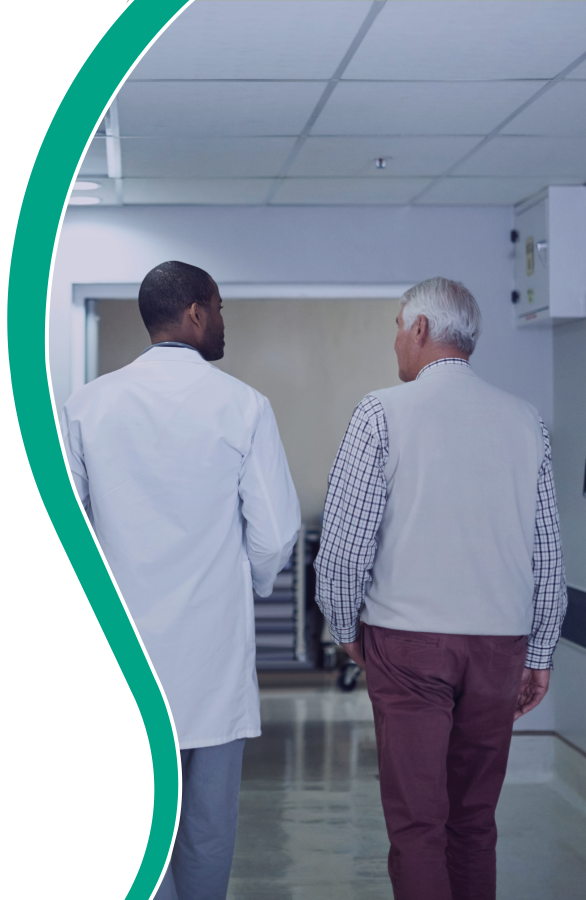
How are the effects of PAH on everyday activities measured?
A functional class assessment can help your doctor understand how much PAH affects your everyday activities.
The functional classes are defined as follows:
| NYHA Functional Class I | No limitations on physical activity. Ordinary physical activity doesn't cause shortness of breath, fatigue, chest pain, or near fainting. |
| NYHA Functional Class II | Some limitations on physical activity. Although comfortable at rest, ordinary activity causes shortness of breath, fatigue, chest pain, or near fainting. |
| NYHA Functional Class III | Clear limitations on physical activity. Although comfortable at rest, even less than ordinary activity causes shortness of breath, fatigue, chest pain, or near fainting. |
| NYHA Functional Class IV | Any level of physical activity is uncomfortable. There may be signs of heart failure, and shortness of breath and/or fatigue may be present even when resting. |
NYHA = New York Heart Association
How PAH therapies work
Doctors treat PAH using medicines that aim to restore balance among 1 or more of 3 substances that are produced by your lungs: prostacyclin, nitric oxide, and endothelin.
The right amount of each substance helps keep pulmonary arteries open and blood flowing through the lungs.
1 OR MORE OF THE 3 SUBSTANCES ARE OUT OF BALANCE, CAUSING PULMONARY ARTERIES TO NARROW:
PAH THERAPIES HELP OPEN PULMONARY ARTERIES BY:
*Two types of therapies, called phosphodiesterase-5 inhibitors and soluble guanylate cyclase agonists, work in a similar way to nitric oxide to open blood vessels.
INDICATION AND IMPORTANT SAFETY INFORMATION
Before you take YUTREPIA, tell your healthcare provider about all of your medical conditions, including if you:
- Have low blood pressure
- Have or have had bleeding problems
- Have asthma or chronic obstructive pulmonary disease (COPD)
- Are pregnant or plan to become pregnant. It is not known if this product will harm your unborn baby
- Are breastfeeding or plan to breastfeed. It is not known if this product passes into your breast milk. Talk to your healthcare provider about the best way to feed your baby during treatment
Tell your healthcare provider about all of the medicines you take, including prescription and over-the-counter medicines, vitamins, and herbal supplements. YUTREPIA and other medicines may affect each other.
Especially tell your healthcare provider if you take:
- Medicines used to treat high blood pressure or heart disease
- Medicines that decrease blood clotting (anticoagulants)
- Water pills (diuretics)
- Gemfibrozil (Lopid®) or rifampin (Rimactane®, Rifadin®, Rifamate®, Rifater®)
The most common side effects of YUTREPIA are cough, headache, throat irritation and pain, nausea, reddening of the face and neck (flushing), fainting or loss of consciousness, dizziness, diarrhea, and shortness of breath. Like other inhaled prostaglandins, you may have trouble breathing after taking YUTREPIA because it may cause the muscles around your airway to tighten (bronchospasm). These are not all the possible side effects. Call your doctor for medical advice about side effects or if you have trouble breathing.
You may report side effects to Liquidia at 1-888-393-LQDA (5732) or FDA at www.fda.gov/MedWatch or call 1-800-FDA-1088.
YUTREPIA is a prescription medicine used in adults to treat:
- Pulmonary arterial hypertension (PAH; WHO Group 1), which is high blood pressure in the arteries of your lungs. YUTREPIA can improve the ability to exercise. Your ability to exercise decreases 4 hours after taking YUTREPIA. It is not known if YUTREPIA is safe and effective in children under 18 years of age.
The risk information provided here is not comprehensive. To learn more about YUTREPIA, talk with your healthcare provider. Please see Full Prescribing Information for YUTREPIA and Instructions for Use. For additional information, call 1-888-393-5732.
Before you take YUTREPIA, tell your healthcare provider about all of your medical conditions, including if you:
- Have low blood pressure
- Have or have had bleeding problems
- Have asthma or chronic obstructive pulmonary disease (COPD)
- Are pregnant or plan to become pregnant. It is not known if this product will harm your unborn baby
- Are breastfeeding or plan to breastfeed. It is not known if this product passes into your breast milk. Talk to your healthcare provider about the best way to feed your baby during treatment
Tell your healthcare provider about all of the medicines you take, including prescription and over-the-counter medicines, vitamins, and herbal supplements. YUTREPIA and other medicines may affect each other.
Especially tell your healthcare provider if you take:
- Medicines used to treat high blood pressure or heart disease
- Medicines that decrease blood clotting (anticoagulants)
- Water pills (diuretics)
- Gemfibrozil (Lopid®) or rifampin (Rimactane®, Rifadin®, Rifamate®, Rifater®)
What are the possible side effects of YUTREPIA?
This product can cause serious side effects, including:
- Low blood pressure (symptomatic hypotension). If you have low blood pressure, this product may lower your blood pressure more.
- Bleeding problems. This product may increase the risk of bleeding, especially in people who take blood thinners (anticoagulants).
The most common side effects of YUTREPIA are cough, headache, throat irritation and pain, nausea, reddening of the face and neck (flushing), fainting or loss of consciousness, dizziness, diarrhea, and shortness of breath. Like other inhaled prostaglandins, you may have trouble breathing after taking YUTREPIA because it may cause the muscles around your airway to tighten (bronchospasm). These are not all the possible side effects. Call your doctor for medical advice about side effects or if you have trouble breathing.
You may report side effects to Liquidia at 1-888-393-LQDA (5732) or FDA at www.fda.gov/MedWatch or call 1-800-FDA-1088.
The risk information provided here is not comprehensive. To learn more about YUTREPIA, talk with your healthcare provider. Please see Full Prescribing Information for YUTREPIA and Instructions for Use. For additional information, call 1-888-393-5732.